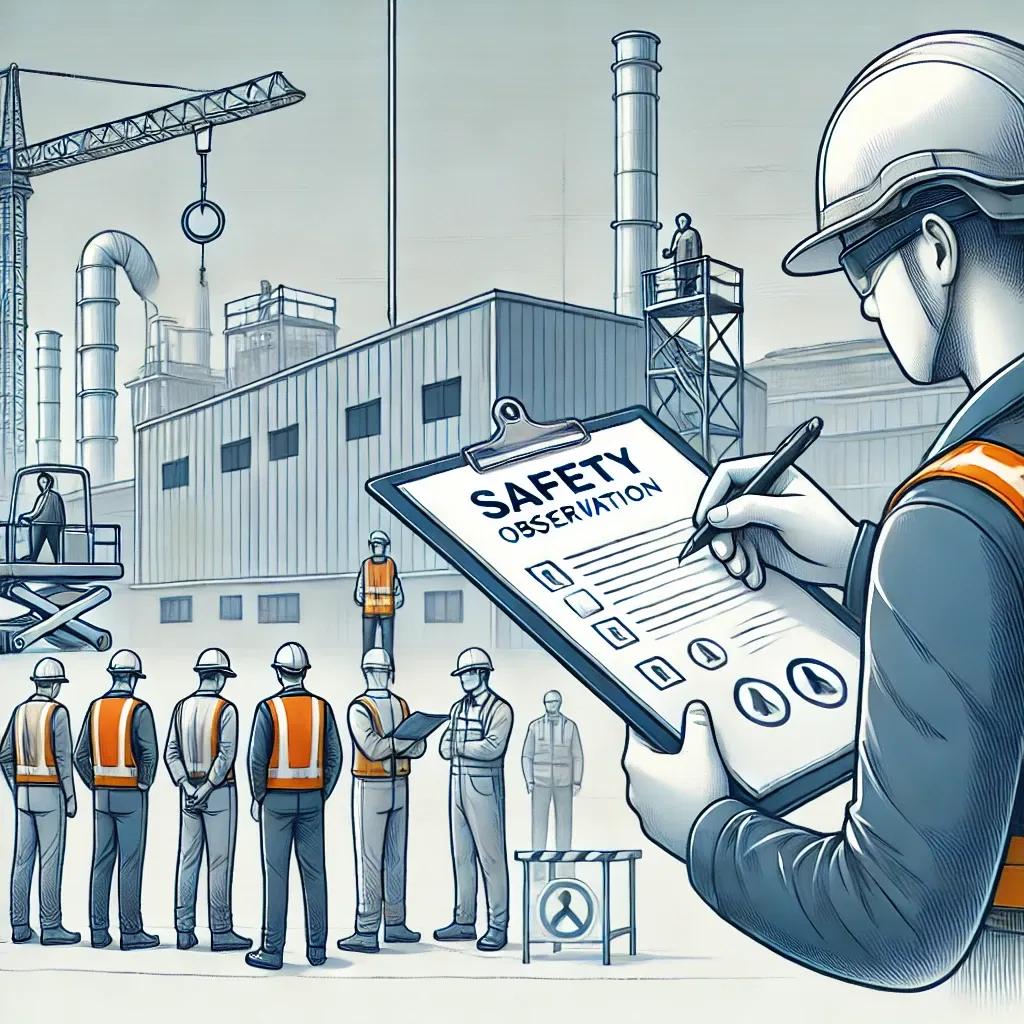Navigating the Nexus of ESG, Process Safety, and Risk Management: Building Resilient Futures

Navigating the Nexus of ESG, Process Safety, and Risk Management: Building Resilient Futures
In today’s interconnected world, Environmental, Social, and Governance (ESG) priorities, alongside Occupational Health and Safety (OHS) and Process Safety, are no longer optional considerations—they are pivotal drivers of resilience, competitiveness, and ethical responsibility. Integrating these disciplines can future-proof organisations, mitigate risks, and unlock untapped opportunities for sustainable growth.
Understanding the Synergy Between ESG, Process Safety, and Risk Management
The convergence of ESG and Process Safety represents a paradigm shift in organisational risk management. ESG encapsulates broader sustainability goals, while Process Safety and Risk Management ensure operational integrity. Together, they create a holistic framework for mitigating risks and fostering long-term value creation.
Key Challenges and Opportunities
Decarbonisation and Process Safety Risks
Transitioning to low-carbon technologies introduces new hazards, such as handling hydrogen or managing carbon capture and storage (CCS) facilities. Proactively conducting hazard assessments (e.g., HAZOP studies) ensures that green technologies do not compromise safety.Example: A petrochemical plant successfully integrated CCS by embedding robust emergency response protocols into its operational framework.
Social License to Operate (SLO)
Stakeholder expectations are increasingly dictating operational standards. Organisations with a strong ESG narrative that incorporates safety excellence secure trust and legitimacy, translating to competitive advantage.Tip: Aligning ESG metrics with community wellbeing fosters a stronger SLO, as seen in BP’s Rumaila project, where safety was central to community outreach.
Governance: Bridging Silos
Effective governance ensures ESG, OHE, and Process Safety are not isolated silos but interconnected pillars of strategy. Cross-functional committees can streamline data sharing and decision-making.Insight: Companies with integrated ESG-risk governance frameworks report 25% fewer critical incidents, according to a recent industry analysis.
Best Practices for Integration
Risk Assessments Beyond Compliance
Traditional compliance audits are no longer sufficient. Organisations must adopt proactive, real-time risk management tools that incorporate ESG factors, such as environmental risk indicators and social impact assessments.Digital Transformation in Risk Management
Predictive Analytics: Leverage data to predict risk trends and identify weak signals.
AI-Driven Audits: Automate routine safety and environmental compliance checks to free up resources for strategic initiatives.
Example: A European refinery reduced emissions by 20% and enhanced safety through IoT-based monitoring systems that detected anomalies in real time.
ESG-Driven Training and Culture
A unified organisational culture is the bedrock of integration. Tailored training programs that connect ESG principles with operational safety inspire accountability and ownership.Tip: Gamified e-learning modules have shown a 35% increase in retention rates for safety protocols.
Looking Ahead
As the global regulatory landscape evolves, organisations must embrace a mindset of continuous improvement. Embracing the synergy between ESG, OHE, Process Safety, and Risk Management is no longer a matter of competitive advantage but a prerequisite for survival. Leaders who navigate this complex nexus with foresight will not only mitigate risks but also unlock pathways for innovation and sustainable growth.
References
International Organisation for Standardisation (ISO): ISO 14001, ISO 45001, and ISO 31000.
Center for Chemical Process Safety (CCPS): Guidelines for Risk Based Process Safety.
BP Rumaila Project Case Study (Wikipedia): https://en.wikipedia.org/wiki/In_Salah.





